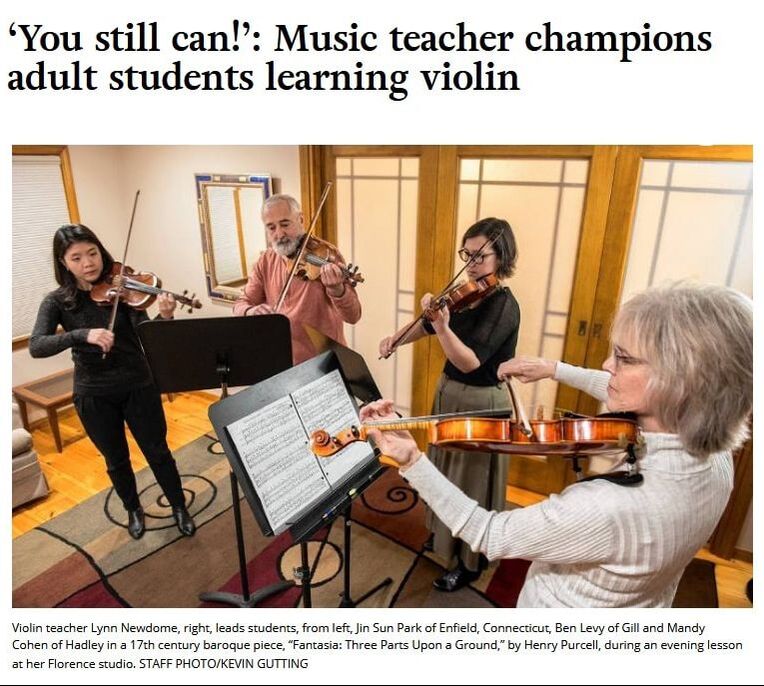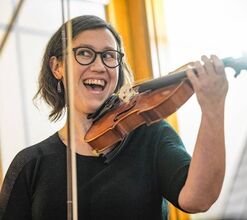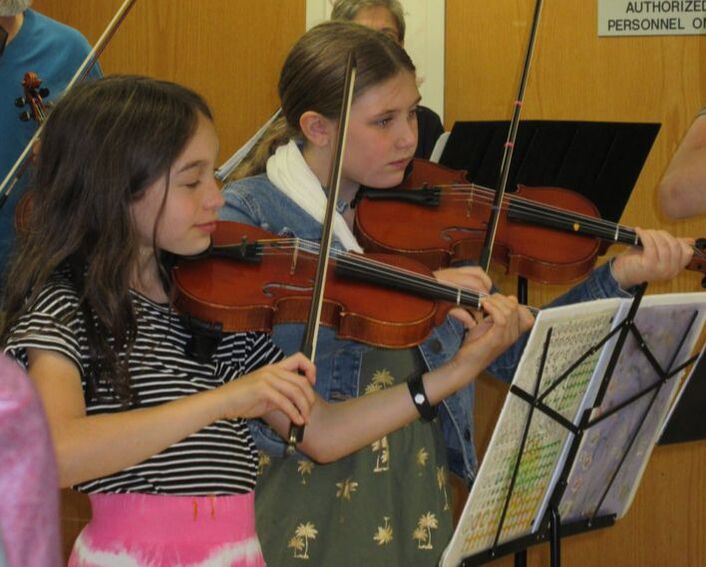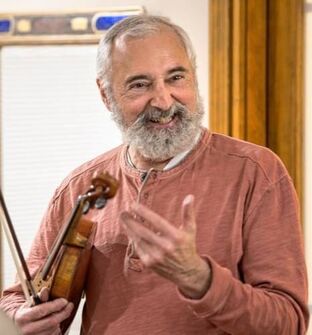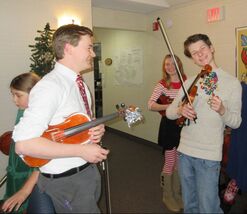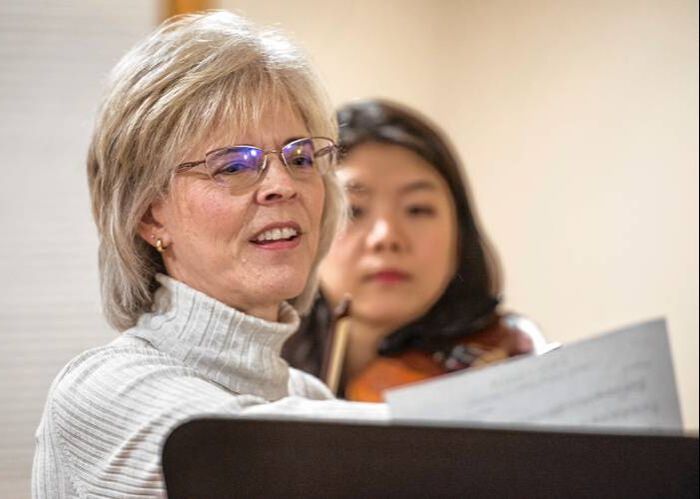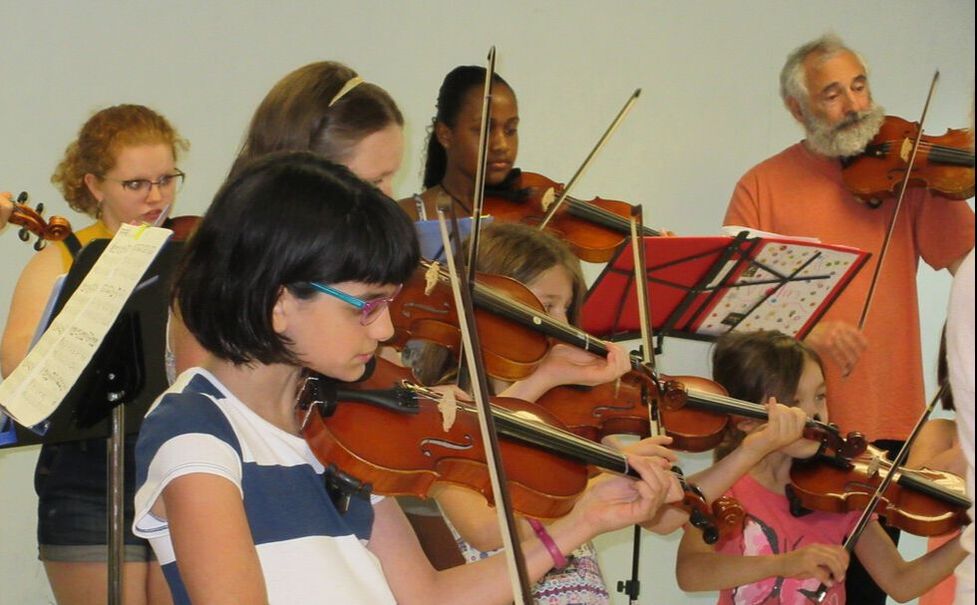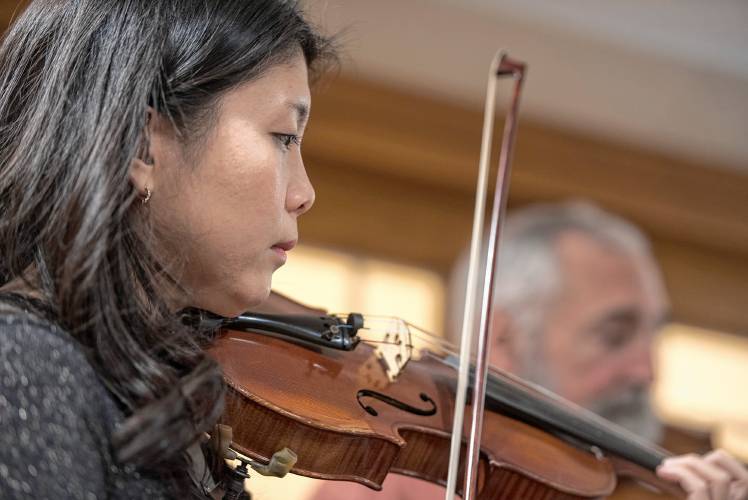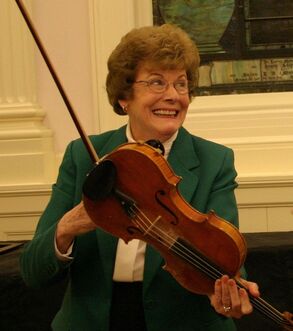TEACHING APPROACH
|
Read Daily Hampshire Gazette article
5 Ways Adults Are Terrific Music Students
Think it's too late to learn an instrument if you didn't start as a child? Think again - you'll actually be BETTER at it as an adult!
Here are some advantages Lynn and her adult students recognize: 1. You want to play the instrument.
Think about picking up your favorite instrument! 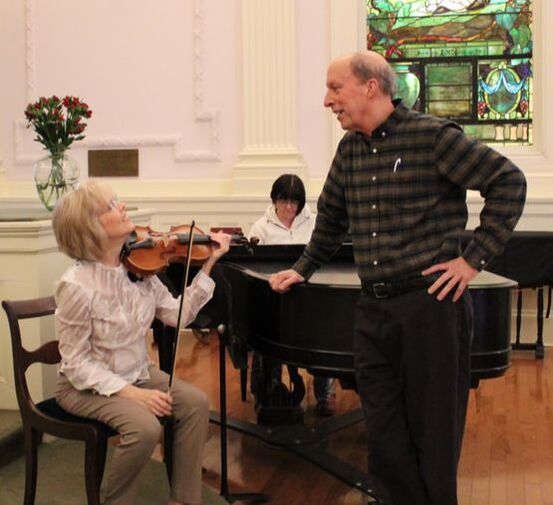
|
I teach students how to create a beautiful tone on the violin, then apply it to whatever style of music they enjoy. Lessons focus on developing the techniques to facilitate one's personal musical expression.
You don't have to be a young child to begin violin lessons, students of any age can enjoy learning to play! I find that as adults, we possess more conceptual tools to apply to violin. What's the difference in a "violin" and a "fiddle"? It's not the instrument, but how it's played! One can learn solid violin technique and at the same time play fiddle tunes. TECHNIQUE: I incorporate skills learned from master violinists with my experience in developing school string programs. Sound principles of technique apply to beginning as well as advancing levels. They may be utilized in any style of playing - classical, fiddle, and contemporary. SOUND PRODUCTION: The physical sensation of drawing a bow across violin strings is the basis of creating a beautiful sound. Students learn to understand and apply this to the music they're playing. INTONATION: Learning to play "in tune" involves listening to the notes one plays and understanding how to coordinate the fingers of one's left hand accurately. ERGONOMICS: I establish a comfortable and secure posture for holding and playing the violin, to avoid future problems with physical tension. I approach the bow arm from a position of finding its most natural and relaxed movement. EXPRESSIVENESS: Most important to me is helping students find their own musical voice in their violin/fiddle playing. Lessons explore different kinds of music to discover the styles one resonates with. EAR TRAINING AND NOTE READING: First I teach the ability to hear notes and melodies, and to produce these on the violin. Next is the skill to read musical notation, which opens access to a world library of sheet music. PERFORMING & ENSEMBLE PLAYING: Sharing our music with others is an experience we can enjoy throughout our lives. Learning violin starts with individual practice, then is expanded through playing for and with others. My students have the opportunity to participate in group studio classes and in performing situations, informal as well as structured. Through these, we learn:
|
